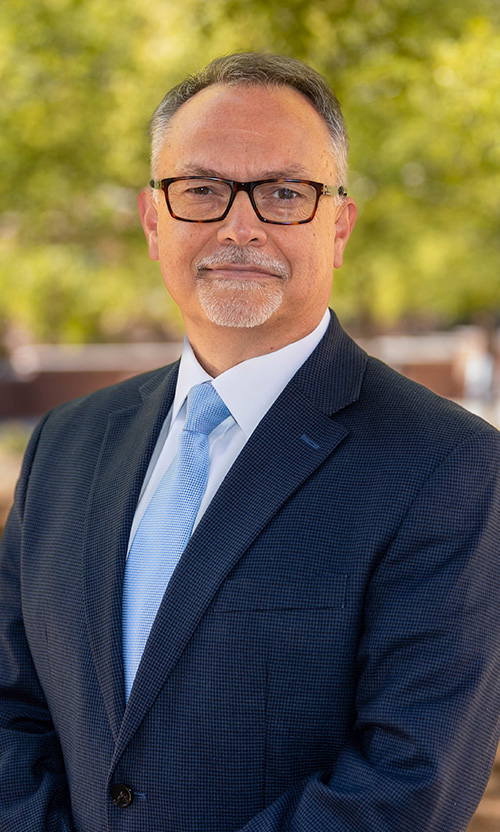Three seniors in biosystems engineering win first place at Capstone Showcase
Published: Apr 15, 2025 2:15 PM
By Joe McAdory
Three Auburn Engineering students developed a comprehensive plan for an outdoor wellness space that supports recreation, sustainability and community engagement.
Kylie Moore, Jake Gaertner and Jada Neal, seniors in biosystems engineering, turned this into a senior project, “Parkerson Mill Creek Wellness Center,” pitched a cost-effective design featuring multi-sport courts, green spaces and gathering areas — that could transform a once-contaminated site into a vibrant, functional space for students and residents.
The team’s work impressed industry professional judges enough to win first place in the College of Engineering’s second Capstone Showcase on Thursday, April 3, where nearly 300 seniors exhibited senior design projects before dozens of potential employers.
“Our seniors’ remarkable work, showcased before employers, faculty and staff who served as judges, is a testament to their innovative talent and growth as Auburn Engineering students,” said Dean Hendrix, associate dean for undergraduate studies and program assessment. “Our students are ready to tackle real-world challenges with innovative solutions, proving their readiness to become the next generation of engineering leaders. We are confident that they will continue to push boundaries, drive technological advancements and lead the way in engineering excellence.”
Other winning senior design teams included:
From aerospace engineering (second place): Ayden Kemp, Katherine Clemmons, Chris Raj and Kai Gutjahr for their project, “Dynamic Ecosystem for Mars ECLSS Testing, Evaluation, and Reliability.”
From biosystems engineering (third place): Carson Bedics, Hailey Rhodes, Crissy Drummonds and Morgan Maguire for their project, “Ecological Restoration of Privet Creek.”
From mechanical engineering (human factors award): Caroline Perkinson, John Luhrs, Katie Kent, Ethan Galentine, William Smith and Ben Brannan for their project, “Power Soccer.”
Students began work on Capstone Showcase, which not only asked students to meet technical objectives, but also communicate proposals and outcomes effectively through poster presentations.
Moore said she and her teammates were given a blank slate before recreating the old rugby field landfill on campus near Hemlock Drive.
The plan:
- Develop a cohesive outdoor wellness center that promotes physical activity, relaxation and social engagement for Auburn University students and residents. The facility will include multi-sport courts, shaded pavilions and gathering spaces to encourage a balanced and active lifestyle.
- Implement an environmentally responsible design that incorporates green space, efficient site grading and sustainable materials where feasible.
These comprehensive plans, supported by research, space optimization and cost analysis, were presented to Auburn University Facilities Management.
“The university was going to remediate that land and tasked us with determining its future use,” she said. “We were tasked with deciding what to put there to benefit Auburn and improve the campus. We decided to make it an outdoor wellness center, designed with four outdoor courts: basketball, volleyball, and two pickleball courts, as well as two pavilions with six picnic tables each, 10,000 square feet of green space and an elevated stage. It's all located near the Auburn band fields, tennis and pickleball courts.”
Gaertner considered first place “a huge honor.”
“I'm thankful for the opportunity to help restore an area on campus and leave a legacy,” he said. “We put a lot of work into it. There were a lot of great teams out there, so to not only have an award but to be first place was awesome.”
Neal said the team had to figure out how the project would advance as the original goal evolved.
“The last three weeks have been critical for optimizing the space we had and developing a design that would engage the community and be useful to our students and the local community as well,” she said.
Preparing for human missions to Mars
Can plants be grown on Mars? Kemp, Clemmons, Raj and Gutjhar hope to find out. Over two years, their project will show how to move plants to Mars, grow them in an enclosed container, turn Martian carbon dioxide into food, oxygen and clean wastewater using plants. The system uses duckweed to remove more than 90 percent of waste from water, recover nearly all oxygen from carbon dioxide and recycle nutrients to grow food in hopes of preparing for future human missions to Mars.
Addressing an erosion issue
Closer to home, Bedics, Rhodes, Drummonds and Maguire undertook a creek restoration project for Town Creek Park in Auburn. The primary issue they are addressing is significant erosion along the Privet Creek, which results in large amounts of soil and sediment being deposited into a nearby pond. This sediment buildup has forced the city to spend considerable funds on dredging operations.
To mitigate this problem, the students are reshaping the channel and its floodplain. Their efforts aim to reduce erosion, prevent sediment from reaching the pond and ultimately save the city money on dredging costs.
Powering power soccer
Zach Dickey, Auburn Power Soccer coach, alumnus and U.S. National Soccer Team player, is one of the premier power soccer players internationally. However, the motor performance and ergonomics of his power chair needs improvement to keep up his skill level. That’s where Perkinson, Luhrs, Kent, Galentine, Smith and Brannan come in.
Power soccer is played with power wheelchairs on a basketball court using a larger soccer ball. The chairs have a foot guard for hitting the ball by spinning. A major issue Dickey encounters is that his motor overheats during games as he pushes his chair to its limits. The team has designed, iterated and is installing an air intake system that uses ambient air from the surroundings to cool down the power chair’s motors and keep Dickey at the top of his game.
The students also plan to print 3D copper heatsinks if the equipment becomes available. For improved ergonomics, the team has altered and installed a power soccer shop armrest to swing down and out of the way, allowing for maximum safety when Dickey transfers between his every day and power soccer chairs. The team is also molding a carbon fiber seatback to a foam-in-place-seating custom mold of Dickey’s back and 3D-printing a custom molded seat cushion insert to ensure comfort and security during gameplay.
Jonathan Pettus, director of the Auburn University Applied Research Institute in Huntsville, had the opportunity to view the projects, share ideas with students and serve as keynote speaker at the event’s awards luncheon.
He reminded students that the core meaning of engineering is to “create, innovate and build.”
“That’s what you do,” he said. “That's what you've been trained to do and that's why this field is so important for the world today. Based on the ways technology is rapidly changing, there's not a field today that's not being disrupted. That presents a great opportunity for you. There's not a better time in history to be in the field you're in and entering the workforce. The demand for talent and the next generation of engineers has never been greater.”
Media Contact: , jem0040@auburn.edu, 334.844.3447
From left, the first place team of Jada Neal, Jake Gaertner and Kylie Moore.




